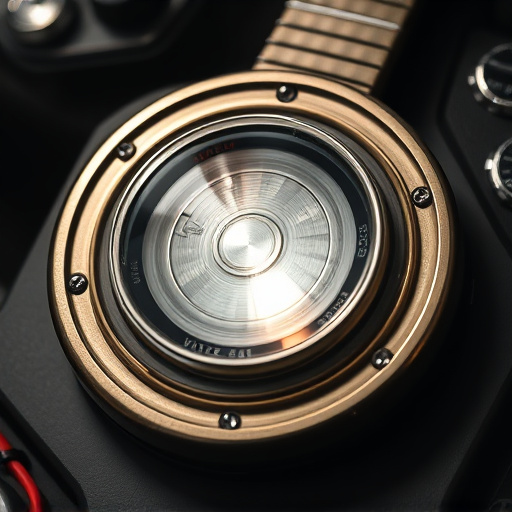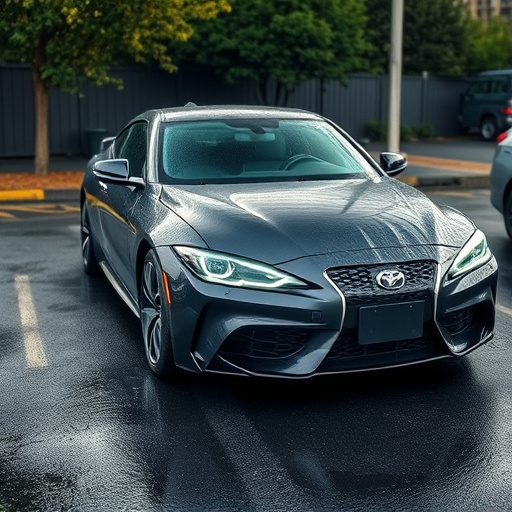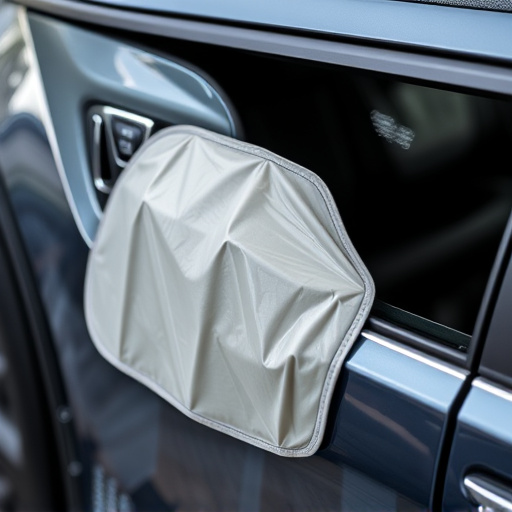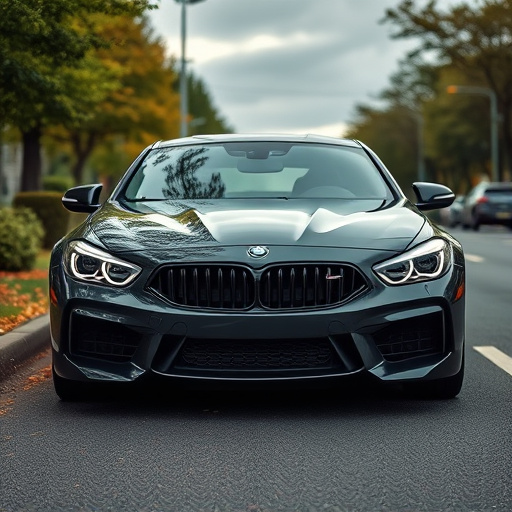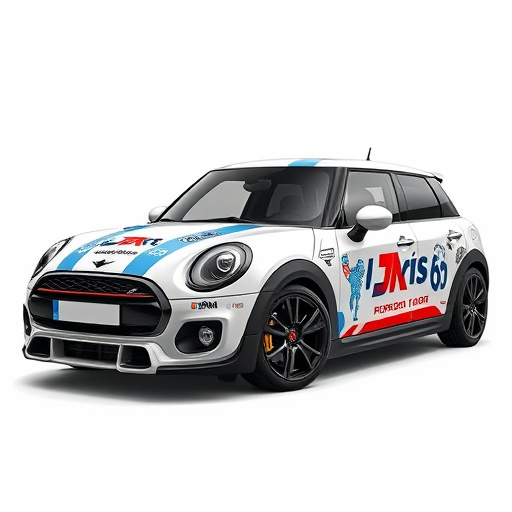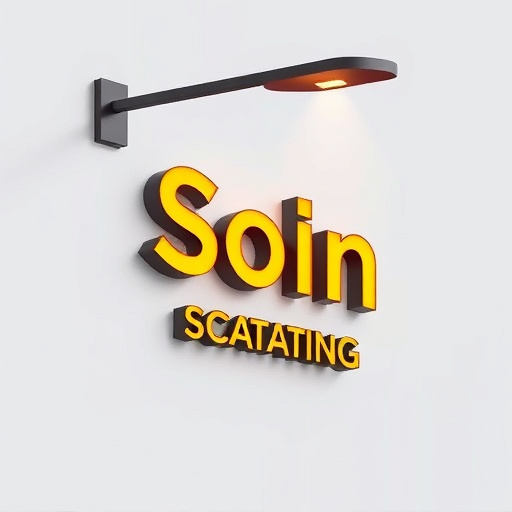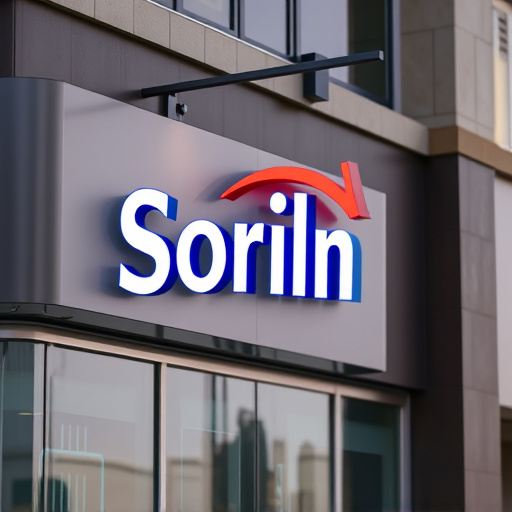Racing stripe installation enhances vehicle aesthetics and performance, with durable vinyl or paint-on options. Proper preparation, including cleaning, repairing imperfections, and applying primer, ensures stunning results and longevity for both materials. This process transforms cars into standout road features, catering to enthusiasts seeking distinctive, protective exterior enhancements.
Looking to give your vehicle a dynamic, high-performance look? Racing stripe installation is a popular choice for car enthusiasts. This guide tackles the most common questions and concerns surrounding the process. From understanding materials and preparation to step-by-step installation and troubleshooting common issues, we’ve got you covered. Learn how to transform your ride with racing stripes, ensuring a clean, professional finish that turns heads on the track or street.
- Understanding Racing Stripes: Materials and Preparation
- – Types of racing stripes and their materials
- – Surface preparation and cleaning
Understanding Racing Stripes: Materials and Preparation
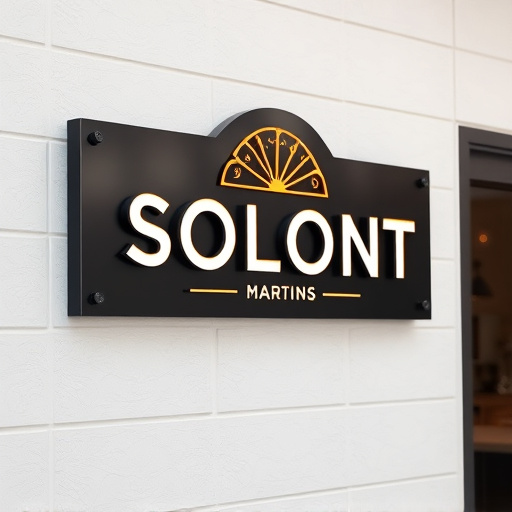
Racing stripes are a popular choice for vehicle enthusiasts looking to enhance their car’s aesthetics and performance, especially when it comes to racing or high-performance cars. Before diving into the installation process, understanding the materials and preparation involved is crucial. These stripes are typically made from durable vinyl or composite materials designed to withstand the demands of racetracks or rough roads. The key components include the stripe itself, adhesive backing, and often, protective coatings for added durability.
Preparation is a vital step in successful racing stripes installation. This involves cleaning and decontaminating the car’s surface to ensure optimal adhesion. For areas prone to stone chips or debris, like fenders and hoods, window tinting or protective coatings can be applied beforehand to safeguard against potential damage during the installation process. Proper preparation ensures that the racing stripes not only look stunning but also remain intact over time, enhancing the overall vehicle enhancement experience.
– Types of racing stripes and their materials

Racing stripes, a staple in automotive aesthetics, offer both style and functionality. They come in various types, each with unique materials designed for different purposes. The most common are vinyl and paint-on stripes, known for their durability and ease of application. Vinyl stripes, made from flexible PVC material, are popular due to their ability to withstand heat rejection and maintain their integrity over time. Paint-on options, often used for custom graphics, offer a vibrant finish and allow for intricate designs.
When considering racing stripe installation, whether as a DIY project or through professional PPF (Paint Protection Film) services, understanding material choices is key. Vinyl stripes are ideal for those seeking long-lasting protection against road debris and UV damage, while paint-on graphics cater to those wanting unique, personalized looks. Custom graphics, in particular, allow car owners to express their creativity, adding a distinctive touch to their vehicle’s exterior.
– Surface preparation and cleaning

Before tackling any racing stripes installation, ensuring proper surface preparation is paramount for achieving a flawless finish. Begin by thoroughly washing and drying your vehicle to remove dirt, dust, and grime that can compromise adhesion. A gentle car wash using dedicated automotive cleaning products is ideal. Next, inspect the area where the stripes will be applied, addressing any imperfections like scratches or rust. Using the right tools and compounds for paint correction can restore damaged areas, ensuring a smooth base for the racing stripes.
For optimal results in racing stripes installation, consider the surface’s condition as this directly impacts the final look and longevity of the customization. Proper preparation includes not only cleaning but also repairing minor dents and applying a coat of primer to ensure the stripes bond securely. This process is a crucial step in vehicle enhancement, transforming your car into a standout piece on the road through effective car customization techniques.
When it comes to installing racing stripes, understanding the materials and proper preparation is key. By familiarizing yourself with different stripe types and ensuring your car’s surface is clean and ready, you’ll achieve a seamless and professional finish. Remember, attention to detail during the installation process will not only enhance your vehicle’s aesthetics but also ensure its longevity. So, whether you’re a seasoned enthusiast or a novice looking to add that extra racing flair, these answers to common questions will guide you through the installation journey.
